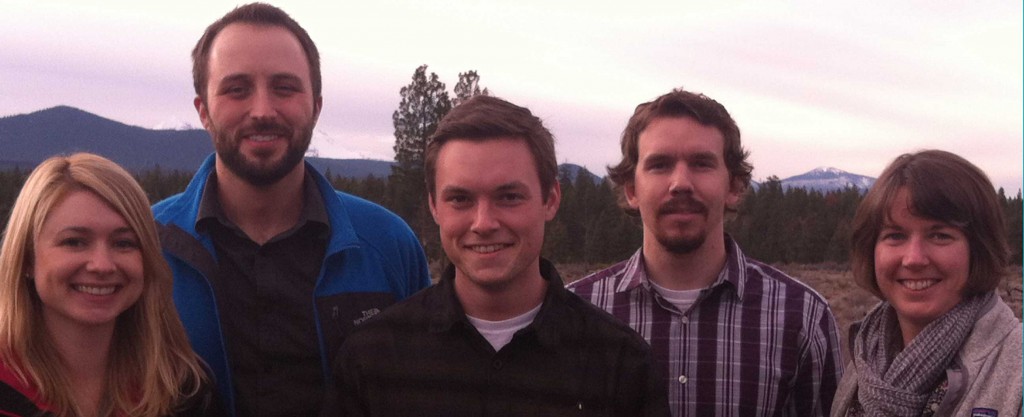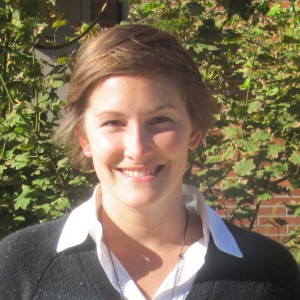
A two-and-a-half hour drive over the snowcapped Cascade Mountains gives travelers an opportunity to take in all the beauty and splendor that Oregon has to offer. However, the trip from Eugene to Bend was all business for OPDR-Oregon Partnership for Disaster Resilience Deschutes County Natural Hazards Code Review Team (a project through the Community Planning Workshop Class) . The five of us piled into a van and discussed, in detail, the ins and outs of our upcoming meeting with Deschutes County planners, wildfire mitigation experts, and flood control planners. With each passing mile we became more in tune with our plan and by the time we reached our destination, the Deschutes County Community Development Building, the team was fully prepared (although, I myself was fairly nervous). The goal of the meeting was to understand where the client felt areas of the county’s natural hazard code could use improvement. Just hours before we began our journey over the mountain pass, documents for the meeting had been created, edited, and completed (a bit of a hectic 18 hours). But we came together as a team and were ready.
The meeting began with introductions, followed by a bit of background from the clients for us to identify each individual and how they landed on this project. I was next on the agenda, and being that this was my first professional meeting as a planner, my heart was racing. But just as I’ve done in similar situations in my past, I found my composure and asked the first of several questions that I’d prepared. With each answer I frantically typed on my laptop, trying not to miss a single thing each professional had to say. As the meeting progressed, my comfort level began to pick up and I even found myself chuckling at some planning jokes that were dished out. Each member of our team got the opportunity to ask questions they’d prepared, with CSC director Bob Parker and project advisor Mike Howard stepping in when elaboration was needed. By the end of the meeting I had nearly five pages of notes, and had a much more firm grasp on what we will be doing over the next few months.
We were lucky enough to take a little field trip following the meeting with Project Wildfire Coordinator Alison Green. She took us to two areas around Bend where homeowners create defensible space around their structures. One of these neighborhoods had just been treated, which means a John Deere tears through open space around the neighborhood to reduce fire fuel. I was astonished to find out that this particular development sits in the remnants of the 1990 Awbrey Hall fire that destroyed a large portion of forest land. Seems like a peculiar spot to place a high-class neighborhood, but at least the views are amazing.
On the trip back we debriefed as a group, determining the next steps and how we’ll go about moving forward. Luckily, we had Bob in the van to guide us (he’d gone to Bend earlier in the day with Mike). I felt much better about our direction as a group thanks to this meeting, and because of it I know that we’ve become closer as a team. I’ve been a part of teams that crumble under the type of pressure we were put on heading into this meeting, but we rose up together and worked collectively to produce a professional meeting. I’m pretty stoked to see what we can do in the coming months. It should be something special.
 About the Author: Brett Setterfield is a first-year masters candidate in the Community and Regional Planning Department. He was a journalist for years, in both print and broadcast, but felt that he could do more for the community by being a part of the story, rather than telling it. He hails from the great state of Nevada, but has also lived in California and Italy. Brett is an avid snowboarder who is on a mission to hit as many mountains as possible, while also catching some Ducks games.
About the Author: Brett Setterfield is a first-year masters candidate in the Community and Regional Planning Department. He was a journalist for years, in both print and broadcast, but felt that he could do more for the community by being a part of the story, rather than telling it. He hails from the great state of Nevada, but has also lived in California and Italy. Brett is an avid snowboarder who is on a mission to hit as many mountains as possible, while also catching some Ducks games.



